Zoom Exhaustion Is Real
There is a different quality to our attention when we are online. We are hyper-focused on the few available visual cues that we normally gather from a full range of available body language. Or perhaps, we are totally distracted and checking email while we are supposed to be conversing or listening intently to a colleague’s detailed presentation.
This article, originally published on Mindfulorg website, shares how to manage zoom so you can find balance and connection.
And when we start to be over-stimulated by extraneous data that we haven’t had to process in the physical world, each new data point pushes us just a little bit farther away from the human-to-human connection that we all crave and appreciate. Italian management professor Gianpiero Petriglieri recently tweeted “It’s easier being in each other’s presence, or in each other’s absence than in the constant presence of each other’s absence.” So beautifully and eloquently perceptive!
The constant presence of my colleagues’ absence may have been underlying my disinclination to do what I love on this platform that has become a lifeline for so many of us. And so, the question arises for me: Is there some way to ease the burden of this “disconnected connection” and allow me to foster a better balance of connection between us?
Here’s the six ways to manage zoom so you can find balance and connection:
Take a few moments before clicking “Start” to settle and ground your attention. Take a few breaths, feel your body on the chair, notice whatever is present in your mind and allow yourself to arrive fully to the moment at hand. If you’re feeling unsettled or preoccupied, you might place your hand on your heart in a supportive and comforting way as if to say “I’m here for you. It’s okay to feel how you feel at this moment.”
Take the time to truly greet whoever is in the room with your full attention—offer your attention to each face that appears (if the group is not too big). Give yourself a moment for each person to make an impression on you, and “take in the good” as Rick Hanson would say. Give yourself an opportunity to feel what it feels like to be in the presence of another.
Choose “speaker view.” In Zoom, one can choose Speaker View or Gallery View, and I think I prefer Speaker View so that the one person who is speaking has more of my attention and the others are more peripheral. This seems to be more like sitting around a conference table where we are aware of everyone there but we direct our attention primarily to whoever is speaking. Tracking an array of 24 (or more) faces on the screen can be a challenge!
Resist the urge to multitask. I sheepishly have to admit that I am a multi-tasker on Zoom many times and have been known to read and fire off several emails while also sitting in a meeting. This has got to stop. Not because I need to hyper-focus on just what is happening in the meeting, but because I can’t be putting additional effort into attending to anything else. If anything, I need to let go of a bit of “efforting” and let my attention rest more lightly and lovingly on what (and who) is before me. I can periodically ease up my focus and look out the window behind my screen, or at the knick-knacks on the shelves in my office, or just soften my gaze to take in the array of faces on my screen (to see without looking) without having to analyze or scrutinize any of them.
Try to take measured breaks between sessions. As a clinical psychologist, when I used to do psychotherapy, I was fairly good at enforcing a 50-minute hour. That gave me ten minutes to write notes, run to the restroom, get a drink of water and generally settle and decompress. Quite often my Zoom meetings run back to back and I find that sometimes my Zoom room becomes a kind of random encounter anteroom where people from various aspects of my personal and professional life bump into each other for a few moments on their way in and out of a meeting with me. Fun as these moments are sometimes, I need to take better care of my precious attention and energy, and take a refreshing pause. Why not give that a try yourself?
And finally, remind yourself periodically that this is a new place between presence and absence that we will have to learn how to accommodate as we go forward into the uncertain future. It is both better than absence (imagine life in a pandemic without FaceTime, Zoom, Skype and the rest) and not quite as resonant as presence (do we know if mirror neurons still function over the internet like they do in person?). Let’s see if we can simultaneously refrain from high expectations without dismissing the clear benefits of online communication.
On a serious note, let’s not dismiss this amazing technology but instead learn to find a way to assimilate it into a full spectrum of interpersonal experiences that our new lives include. Let’s be present to absence, without becoming absent to presence. It won’t be easy, but it will be worth it to develop this new capacity.
Making the transition to virtual is not easy, and we’ve been helping clients continue to make the most out of their transition. We would love to help you if we can, simply email us and we’ll discuss.



